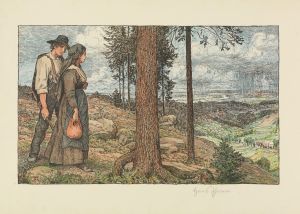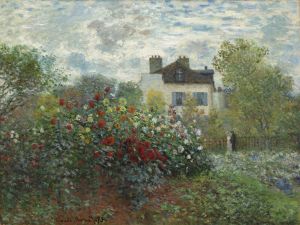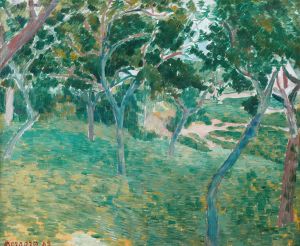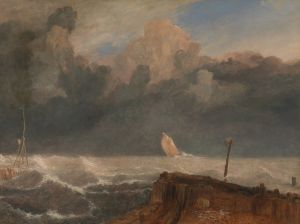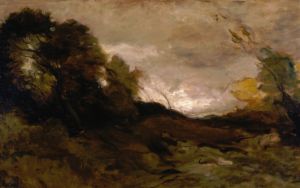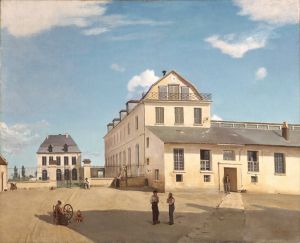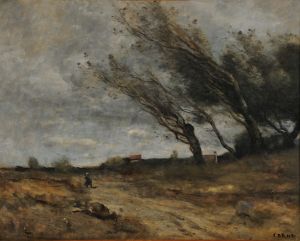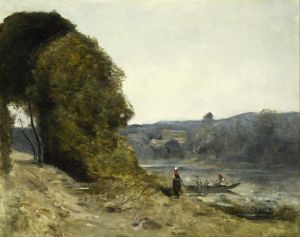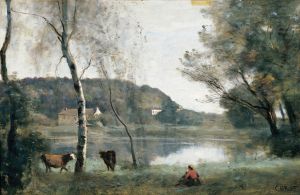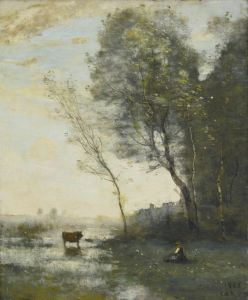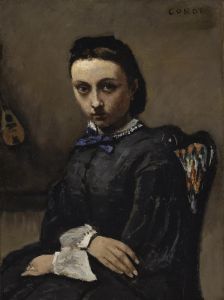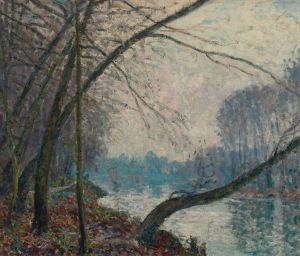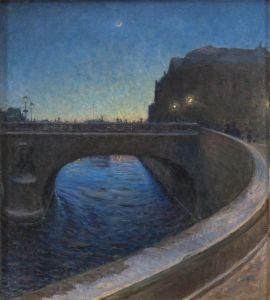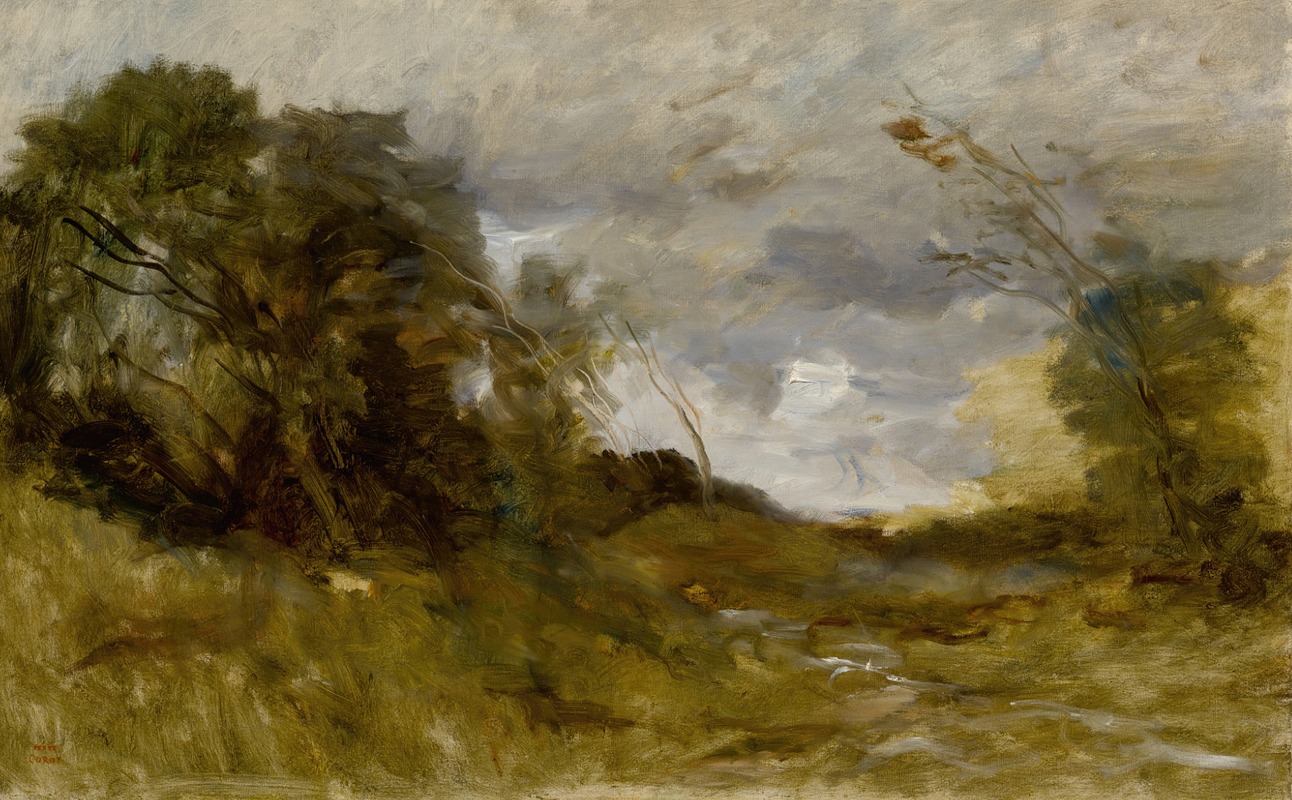
Vallée Solitaire
A hand-painted replica of Jean-Baptiste-Camille Corot’s masterpiece Vallée Solitaire, meticulously crafted by professional artists to capture the true essence of the original. Each piece is created with museum-quality canvas and rare mineral pigments, carefully painted by experienced artists with delicate brushstrokes and rich, layered colors to perfectly recreate the texture of the original artwork. Unlike machine-printed reproductions, this hand-painted version brings the painting to life, infused with the artist’s emotions and skill in every stroke. Whether for personal collection or home decoration, it instantly elevates the artistic atmosphere of any space.
Jean-Baptiste-Camille Corot, a prominent French landscape painter and a pivotal figure in the Barbizon School, created "Vallée Solitaire" (Solitary Valley) in the mid-19th century. Corot is renowned for his ability to capture the serene and poetic qualities of nature, and "Vallée Solitaire" is a testament to his mastery in this regard.
"Vallée Solitaire" is an oil painting that exemplifies Corot's transition from the neoclassical tradition to a more naturalistic and atmospheric approach. The painting depicts a tranquil, secluded valley, characterized by its soft, diffused light and harmonious composition. Corot's use of a muted color palette, with gentle greens, blues, and earth tones, enhances the sense of calm and introspection that the scene evokes.
The composition of "Vallée Solitaire" is carefully balanced, with a foreground that leads the viewer's eye into the depth of the valley. The trees, rendered with Corot's characteristic loose brushwork, frame the scene and create a natural archway that invites exploration. The middle ground features a meandering path or stream, guiding the viewer deeper into the landscape, while the background is shrouded in a delicate mist, adding to the painting's ethereal quality.
Corot's technique in "Vallée Solitaire" reflects his deep understanding of light and atmosphere. He often painted en plein air, or outdoors, to capture the transient effects of light and weather on the landscape. This practice allowed him to infuse his works with a sense of immediacy and authenticity. In "Vallée Solitaire," the soft, diffused light creates a sense of depth and dimension, while the subtle gradations of color convey the mood of a quiet, contemplative moment in nature.
The painting also demonstrates Corot's influence on later developments in art, particularly the Impressionist movement. His emphasis on capturing the fleeting effects of light and his loose, expressive brushwork were precursors to the techniques employed by Impressionist painters such as Claude Monet and Camille Pissarro. However, Corot's work retains a sense of structure and form that distinguishes it from the more radical departures of the Impressionists.
"Vallée Solitaire" is housed in the Musée du Louvre in Paris, where it continues to be admired for its beauty and technical prowess. The painting is a prime example of Corot's ability to blend realism with a lyrical, almost dreamlike quality, making it a significant work in the history of landscape painting.
Jean-Baptiste-Camille Corot's legacy as a master landscape painter is firmly established through works like "Vallée Solitaire." His ability to convey the serene and introspective aspects of nature has left a lasting impact on the art world, influencing generations of artists and continuing to captivate viewers with its timeless beauty.





